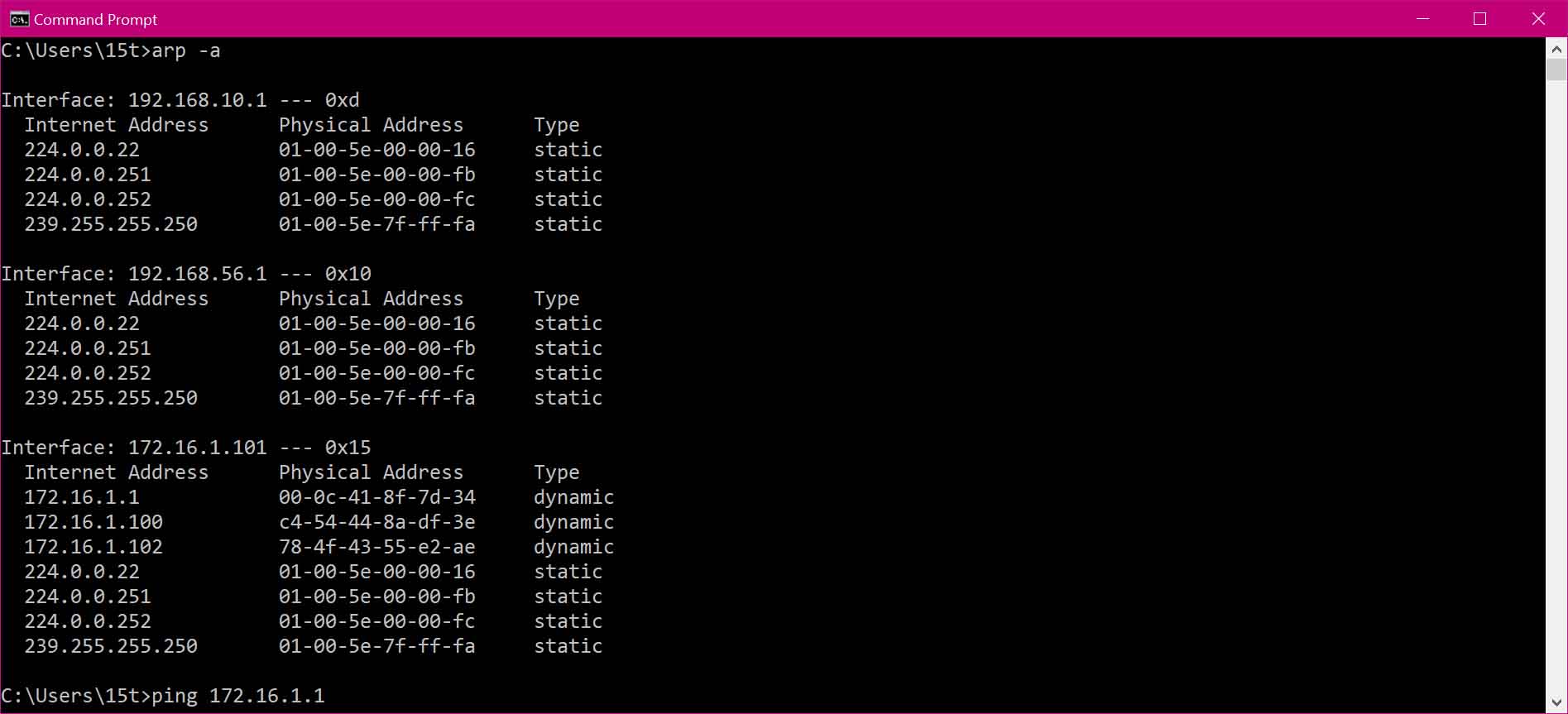

This method is useful for hosts that do not respond to Layer 3 and Layer 4 ping requests. Like ping, arping pings network hosts using network layer ARP packets.

Using the classic ping command to ping hosts to verify their availability is very tempting, right? Well, if you are using the ICMP protocol, then you are actually performing ARP requests for probing devices in the network. Now, why would you need arping? Imagine you are working with a small office network. The arping tool works using this protocol. ARP is a protocol that Layer 2 devices implement for discovering and communicating with each other. Reply from a network administrator, the ARP protocol may sound familiar. The output will be like below for the ping command and responses. First, we will ping the remote system IP address with the ping command.

But there is an alternative way to execute MAC ping operations.
Pair multiple devices according to their MAC addresses.īy default, the Windows, Linux, and MacOSX operating systems do not provide a specific command to ping the MAC address. Filter the remote system according to its MAC address. The IP address is mainly used to give a unique number that can change in different situations and in different networks. Every device has a unique MAC address and generally communicates with the gateway and other devices by using its MAC address. MAC address is used inside the LAN for communication. but recently they can be modified with the operating system configuration. Normally MAC addressed are configured statically into the Ethernet cards, wireless cards, etc. Every ethernet card has a MAC address in order to identify it uniquely. Ethernet is the most popular protocol used in Layer 2 which is called Media Access Control simply MAC. Today internet and computer networks use popular protocols like TCP/IP, Ethernet, etc.







 0 kommentar(er)
0 kommentar(er)
